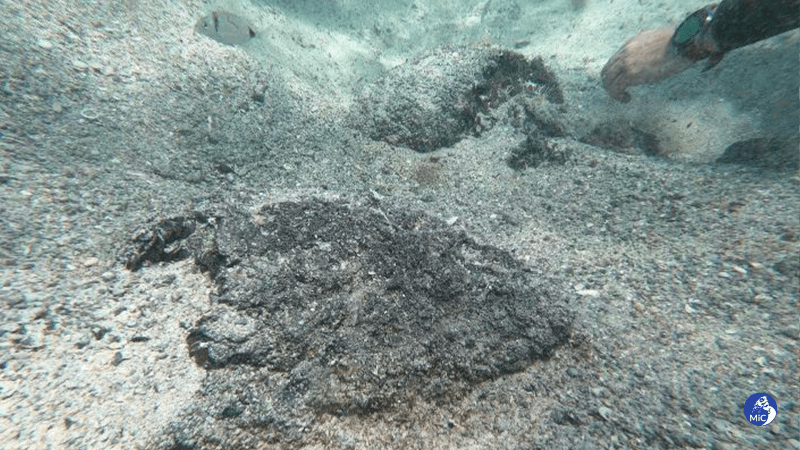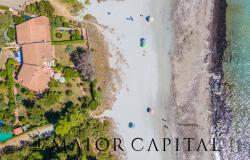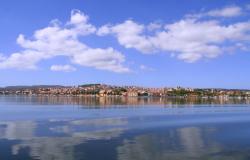After a recreational diver spied some mysterious metallic remains off the northeastern coast of Sardinia, near the town of Arzachena, experts were called in and ended up uncovering tens of thousands of ancient bronze coins, Italy’s Ministry of Culture announced over the weekend.
According to estimates based on weight, there are at least 30,000 coins — and potentially up to 50,000 of them. Most are in remarkably good condition and, according to the ministry, have still-legible inscriptions indicating that they were minted between 324 and 340 CE.
The discovery in detail
Known as “follis,” these ancient bronze coins were a form of currency used during the Roman Empire, introduced by Diocletian. Given that this particular stash of coins was discovered in a sandy area between the seabed and the beach, some experts believe they may be relics of an ancient shipwreck.
Though the exact date of the diver’s initial sighting has not been communicated by the Ministry of Culture, authorities reportedly took swift action in the area once they got the alert. The underwater archaeology unit of the Superintendency of Archaeology, Fine Arts and Landscape of Sassari and Nuoro teamed up with the Carabinieri of the Sardinia Cultural Heritage Protection Unit and the Sardinia Underwater Carabinieri Unit for a reconnaissance mission, which, in addition to the coins, uncovered some portions of African- and Eastern-produced amphorae (tall terracotta jugs).
According to Luigi La Rocca, Director General of Archaeology, Fine Arts and Landscape of the region, the coins are “one of the most important discoveries of numismatic finds in recent years” — certainly on par with a similar discovery made in 2013 in Devon, England, when 22,888 coins now known as “Seaton Down Hoard” were dug up near the site of a Roman villa.












